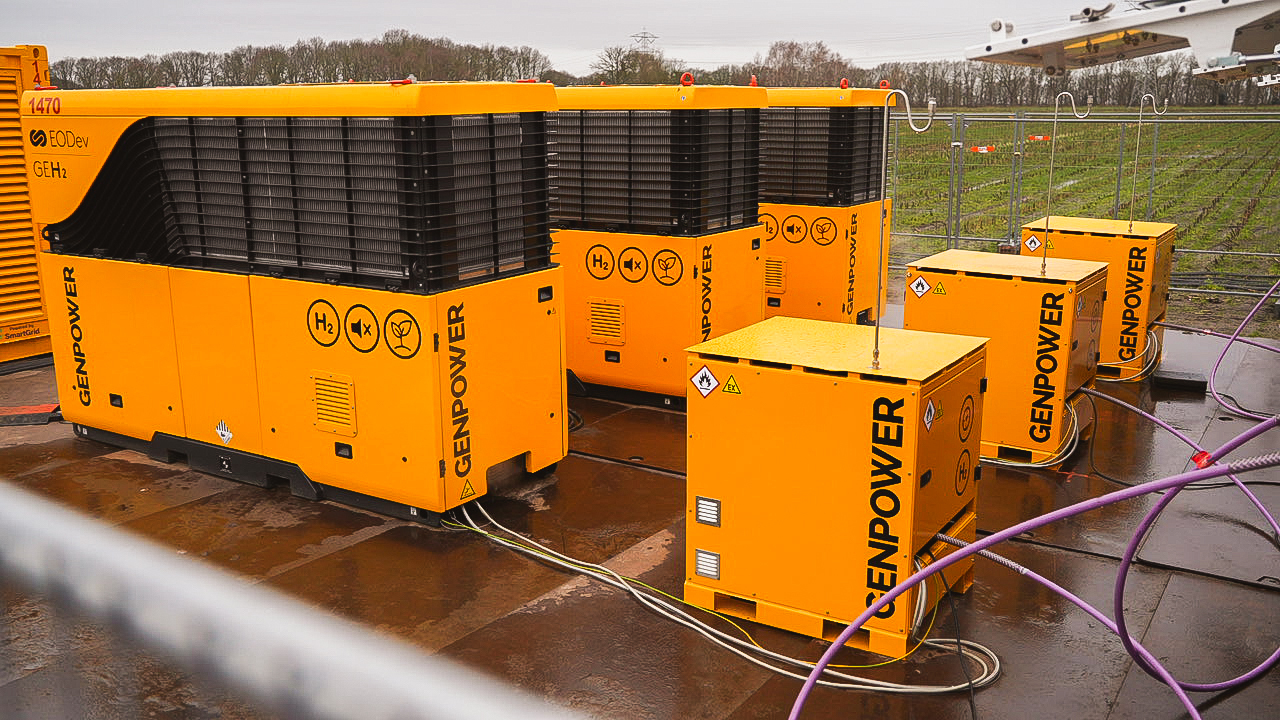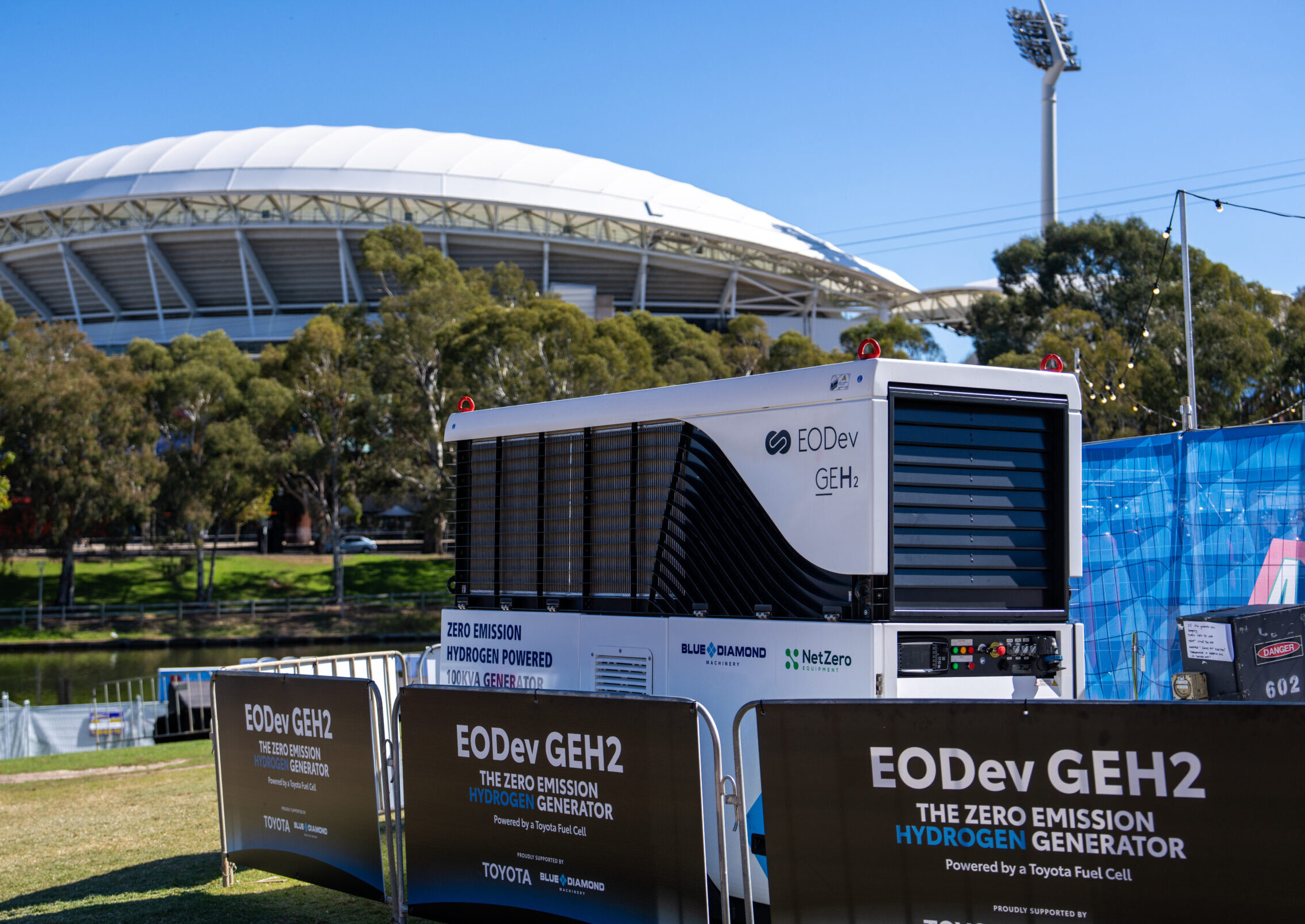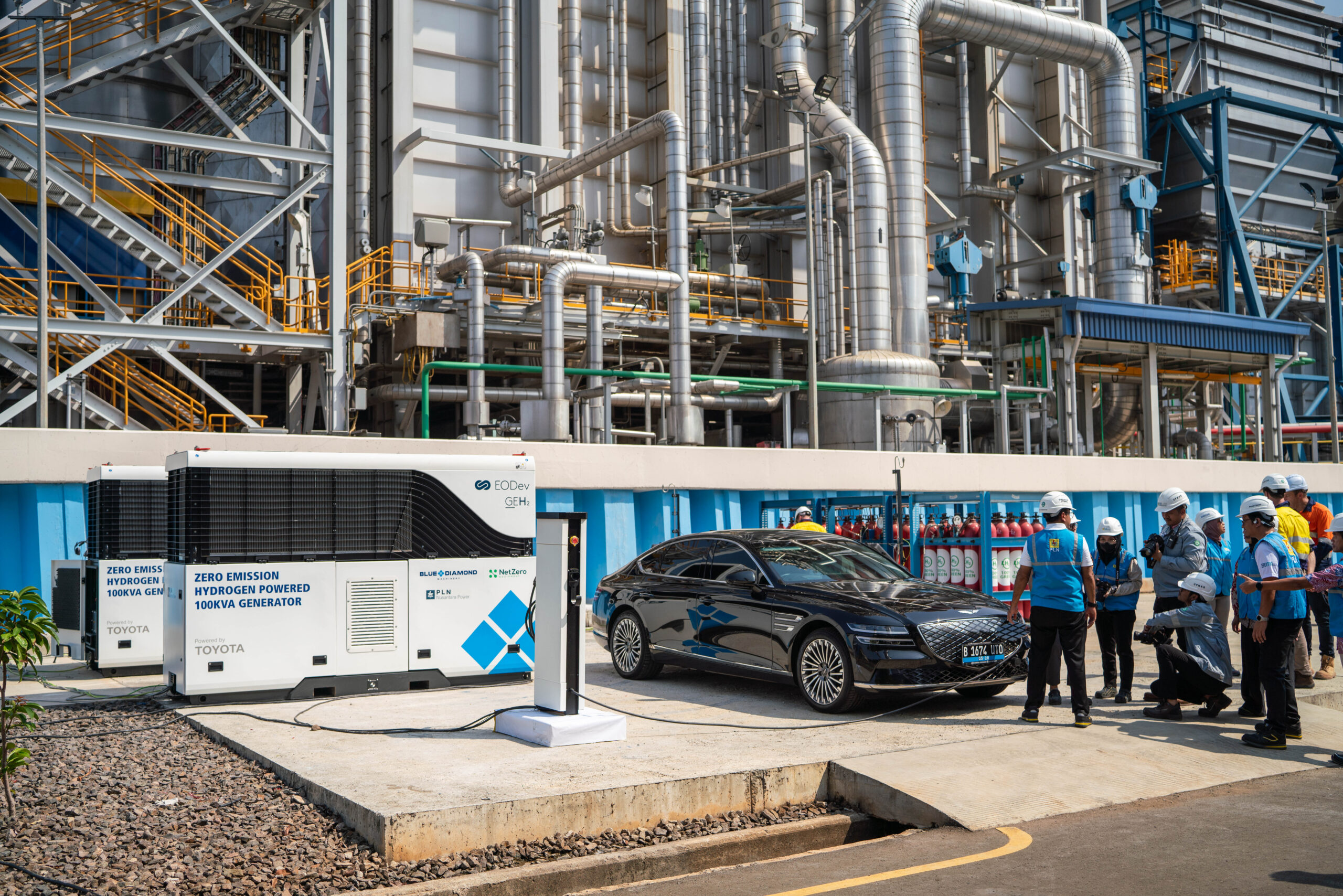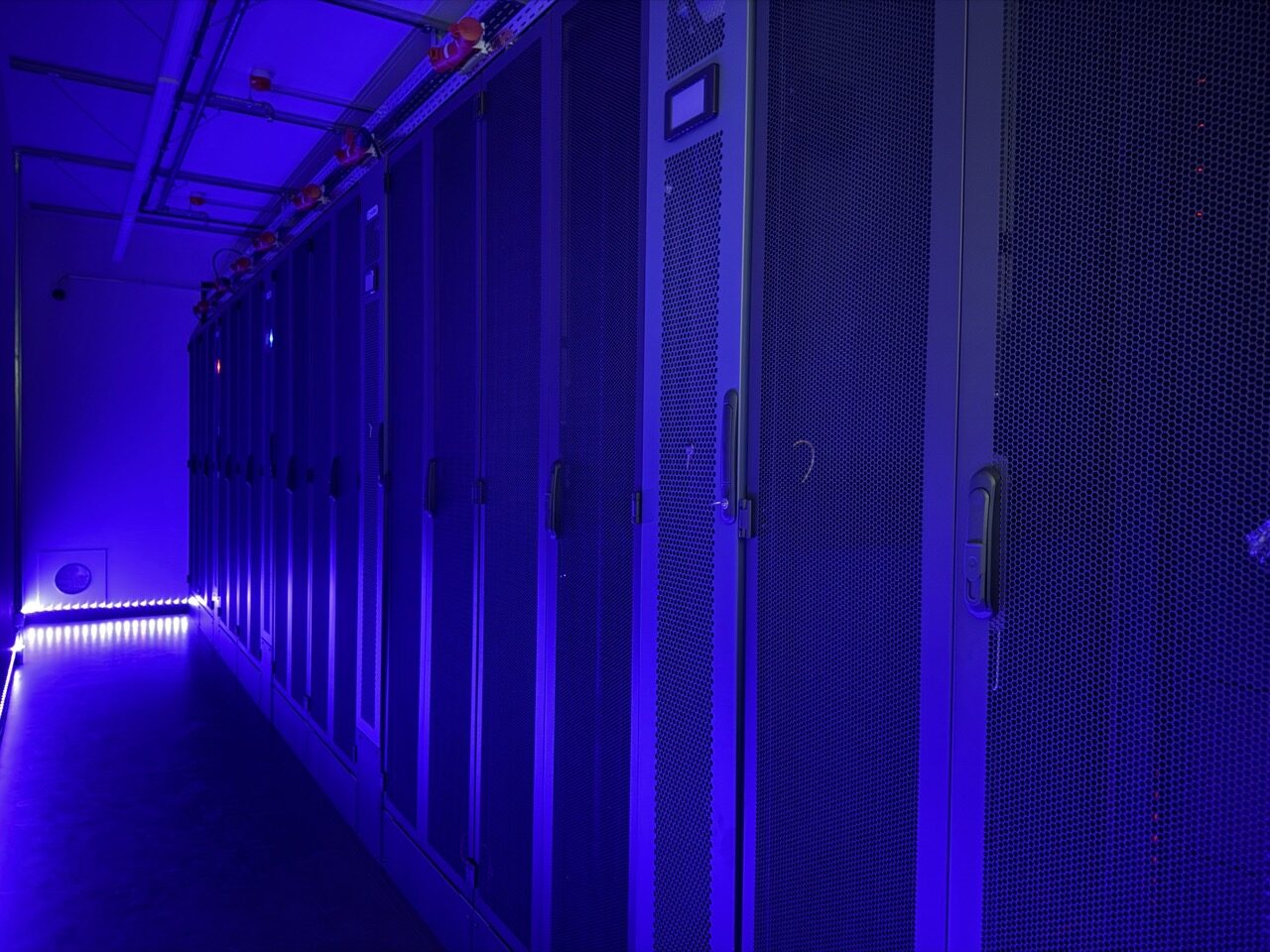A zero-emission solution
for every sector
Construction & Mining

Event & Entertainment

Transport & Infrastructure

Energy & Utilities

Maritime

Telecom

You have a question, we have the answer.
Until now mainly used as a raw material for chemistry and petroleum refining, hydrogen is more and more identified as an energy vector of the future because of its storage capacities and the fact that its use does not emit any CO2. It is presented today as a possible substitute for hydrocarbons, and an effective means of facilitating the integration of renewable energies. While more than 95% of the 75 million tonnes of hydrogen produced per year worldwide are derived from fossil fuels, new technologies for producing carbon-free hydrogen continue to mature. The production of hydrogen from biomass or by electrolysis is supported by the emergence of new demand for “green hydrogen”.
In industrial applications, the use of carbon-free hydrogen is expected to occur in processes traditionally using fossil hydrogen, such as ammonia production and petroleum refining, but also in new processes as a substitute for other fossil materials. Projects to experiment with new ways of integrating carbon-free hydrogen or upgrading fatal hydrogen into production chains have multiplied in recent years, and the 2019 climate energy law sets a target of 20 to 40% of low-carbon and renewable hydrogen by 2030.
In transport, hydrogen vehicles represent a suitable alternative to meet the challenges of sustainable mobility. They only release water, have a range equivalent to a combustion vehicle and recharge quickly. In addition to the multiplication of the number of hydrogen car models, the year 2019 has been marked by the acceleration of the dynamics of the hydrogen railway with the multiplication of orders for the train developed by Alstom, and by the growing interest of local communities for the deployment of hydrogen bus lines.
As part of an increasingly renewable future electricity mix, the hydrogen energy vector makes it possible to compensate for the intermittence of renewable energies by storing, in gaseous form, the excess electricity produced during periods of high production and low consumption (Power to Gas). The energy storage made possible by hydrogen also makes it relevant to extend the perspectives of self-consumption to the scale of a house, a building or a village.
A fuel cell is a device that converts chemical energy (energy stored in molecular bonds) into electrical energy. A PEM (Proton Exchange Membrane) cell uses hydrogen gas (H2) and oxygen gas (O2) as fuel. The products of the reaction in the cell are water, electricity and heat. As O2 is readily available in the atmosphere, all you need is to feed the fuel cell with hydrogen which can come from an electrolysis process.
A fuel cell works by passing hydrogen through the anode and oxygen through the cathode. At the anodic site, the hydrogen molecules are split into electrons and protons. Protons pass through the electrolyte membrane, while electrons are grouped together through a circuit, generating electric current and excess heat. At the cathode, protons, electrons and oxygen combine to produce water molecules.
Fuel cells are modular. This means that the individual cells are linked together to form larger stacks, and in turn these stacks can be combined into larger systems. Fuel cell systems vary widely in size and power, from portable systems for recharging the battery of smartphones, to combustion engine replacements for electric vehicles, to large-scale multi-megawatt installations providing electricity directly to the distribution network.

